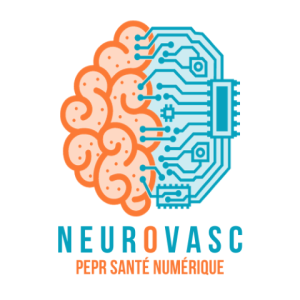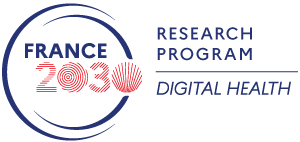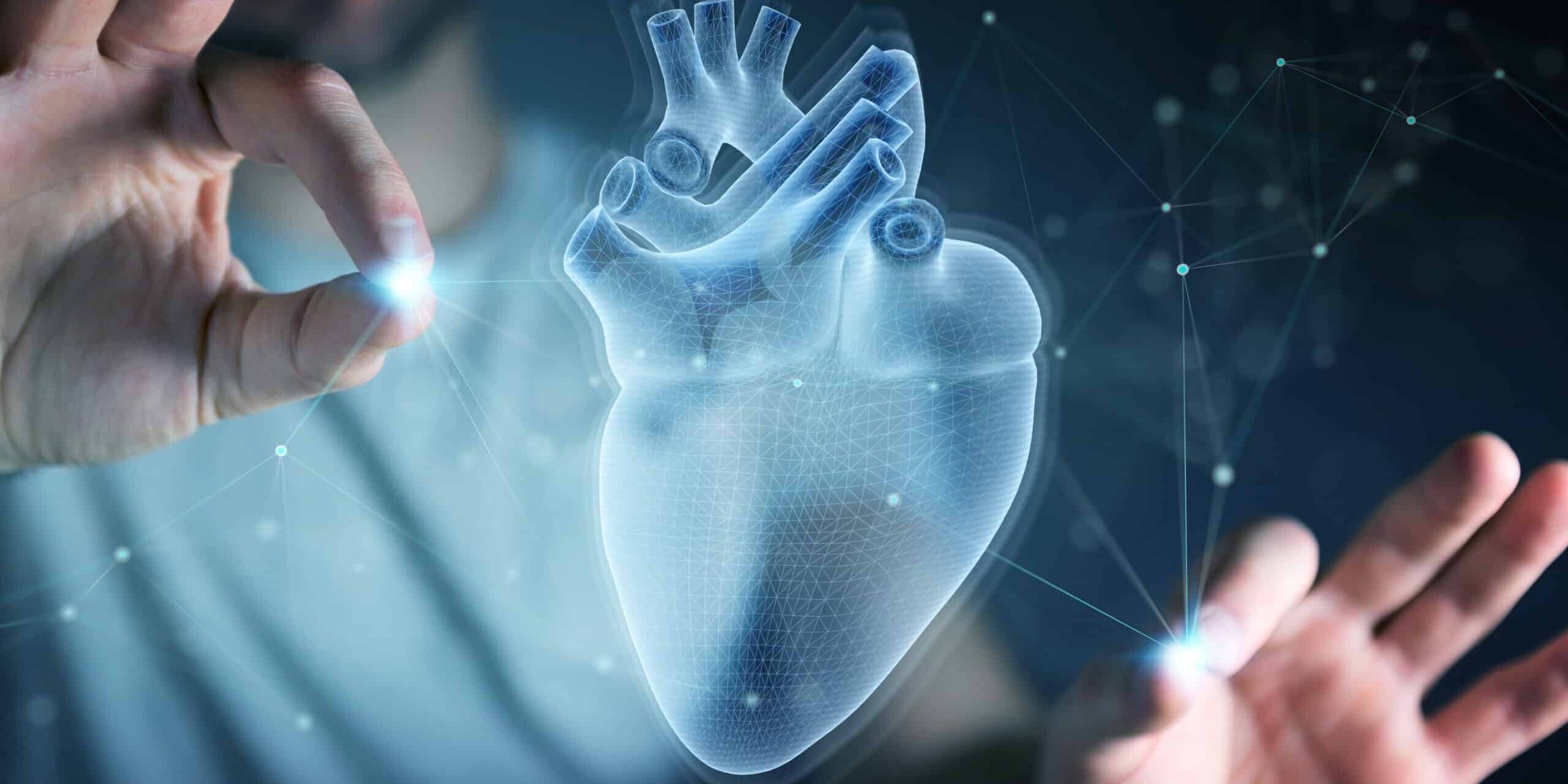A 5P medicine program to reduce the global impact of intracranial aneurysm and stroke
Coordinating Partners : Richard Redon
Coordinating institution : Inserm – Regional Delegation Grand ouest
Intracranial aneurysm, stroke, data interoperability, digital companion, predictive models, genetics, imaging

Every other second, someone, be it an adult or a child, a man or a woman, young or old, suffers a stroke. Despite these shocking statistics, many people affected by stroke are unable to access treatment, rehabilitation and support that would provide them with the greatest chance of a good recovery and a healthier, more productive and independent life. Among stroke events, intracranial aneurysm (ICA) rupture and acute parenchymal stroke are the leading causes of loss of productive life-years with high economic burdens.
The ambition of NEUROVASC is to set up an optimal digital ecosystem to develop predictive tools/models for 5P medicine against ICA and stroke outcome, relying mostly on the distinctive resources developed by the French clinical network in neuroradiology.
Our work program will be organized in three Work Packages (WPs) to address three complementary objectives:
- The WP1 will organize a model of interoperable infrastructure at the interface between research and healthcare for the management of datasets on ICA in secured computing environments, with emphases to phenotypes (native images) and genotypes (pre-processed genetic profiles). Our objective is to secure and organize the large national multi-scale datasets resulting from research and care against ICA and subarachnoid hemorrhage for their future exploitation and sharing.
- The WP2 will set the ground for multimodal data integration toward predictive models on ICA diagnosis and outcomes. We will create a secure technological demonstrator leveraging on guidelines and recommendations from international initiatives, but compliant with national requirements for the discoverability and sharing of phenotypic and genomic data. We will also develop/adapt methods for process mining from Electronic Health Records to identify the daily pathways for managing patients with unruptured ICA and evaluate to which extend they comply with consensus guidelines. We will in parallel develop non-additive models for global prediction of the genetic risk taking into account both monogenic and polygenic models. Our objective is to set up novel methods for the optimal exploitation of the future resources organized in WP1.
- The WP3 will implement autonomous digital solutions (combining conversational agents and connected digital devices) to collect and analyze and behavioral data from subgroups of patients with unruptured ICA and from patients following hemorrhagic or ischemic stroke. Our double objective is to better accompany and help patients in dealing with ICA diagnosis or stroke outcome in their daily life, while collecting relevant behavioral/biological information to develop predictive models of disease outcomes while providing personalized health information and education on disease management and allowing for easy referral to an appropriate doctor when needed.
The knowledge gained from the exploitation of the data made available by this project will translate into better patient care both in the pre-hospital stage with the identification of at-risk individuals of ICA rupture and in the post-hospital stage with the development of novel and personalized rehabilitation care pathways to improve patient recovery and quality of life. The resources and skills developed on the ground of our multidisciplinary consortium, although originally focused on the topics of intracranial aneurysm, will be relevant to a broader range of neurovascular disorders (ischemic stroke, cognitive decline and dementia) and even beyond.
| Laboratory or department, team | Supervisors |
| ITX – UMR 1087 – UMR 6291 | Inserm, CNRS, Nantes University
CHU Nantes partner |
| GGFB – U1078 | Inserm, Bretagne Occidentale University, EFS
CHRU Brest partner |
| LISN – UMR 9015 | CNRS, Paris-Saclay University
Inria et Centrale Supelec partners |
| GIN – UMR 1216, IRISA Rennes for FLI-IAM | Inserm, Inria, Grenoble Alpes University, IRISA Rennes |
| CRC – U 1138 Eq HeKA | Inria, Inserm, Sorbonne University, Paris Cité University |
| PF BiRD for IFB UAR/UMS 3601 – US 21 | |
| Lab-STICC, UMR 6285 | IMT Atlantique, Bretagne Occidentale University, CNRS, Bretagne Sud University, Mines Telecom |
| Sanpsy UMR 6033 | CNRS, Bordeaux University |
| CESP – UMR 1018 | Inserm, Ined, Versailles Saint-Quentin-en-Yvelines University (UVSQ), Paris-Saclay University |
| Pole Imagerie médicale et ITX | CHU Nantes, Inserm, CNRS, Nantes University |
| The Data Clinic – CHU Nantes. ICAN Study group-SFNR. Fédération des Spécialités Médicales (FSM). The Brest Stroke Registry – CHRU Brest |


